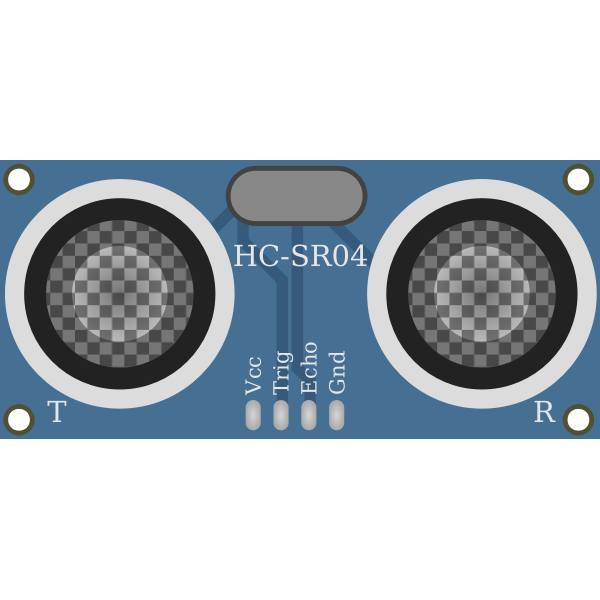Pump Up Your Sales With These Remarkable Rs485 Cable Tactics
нҺҳмқҙм§Җ м •ліҙ
мһ‘м„ұмһҗ Jeannette лҢ“кёҖ 0кұҙ мЎ°нҡҢ 3нҡҢ мһ‘м„ұмқј 24-07-12 04:18ліёл¬ё
To solve the "data collision" problem often present in multi-drop networks hardware units (converters, repeaters, micro-processor controls) can be constructed to remain in a receive mode until they are ready to transmit data. Each UART (sometimes referred to as a "USART") controls the serial-to-parallel and parallel-to-serial conversion and performs all of the timing functions necessary for one asynchronous serial communications link. RESOURCE and the access control functions GET() and RELEASE(). The standard C serial I/O routines such as printf(), scanf(), putchar(), and getchar() give you high level access to the serial ports. It works on half-duplex communication to implement the function of converting the TTL level into RS-485 level which means it can either transmit or receive at any time, not both, it can achieve a maximum transmission rate of 2.5Mbps. MAX485 transceiver draws a supply current of between 120ОјA and 500ОјA under the unloaded or fully loaded conditions when the driver is disabled. This UART-RS485 Converter module has an on-board MAX485 chip which is a low-power and slew-rate-limited transceiver used for RS-485 communication. It also has onboard LEDs to display the current state of the chip i.e. whether the chip is powered or its transmitting or receiving data making it easier to debug and use.
This value is also printed on the LCD for display and debugging. So, in the Arduino code, we will focus on sending the data and display that sent or received data on the LCD screen. 2 Alphanumeric LCD connected to it. We start with including the standard library for driving the LCD and declare the D8 pin of the Arduino Nano as an output pin which we will later use to declare the MAX485 Module as a transmitter or Receiver. Here again, we start with including the standard library for driving the LCD and declare the D8 pin of the Arduino Nano as an output pin which we will later use to declare the MAX485 Module as a transmitter or Receiver. The SCK pin clocks the serial A/DвҖҷs CLK input which causes the A/DвҖҷs conversion result to be transferred to the master via the MISO line. The status of a device as master or slave determines how the various pins must be configured.

After the slave transmission is complete, the slave puts itself back into receive mode so that the master can transmit additional commands. As the master transmits a byte to an active slave (that is, a slave with its /SS input active low), the master receives a byte from the slave. Only one active master may control the network at a time; however, the device that assumes the role of master may change according to an appropriate protocol. Note that the master device outputs the clock synchronization signal SCK to the slaveвҖҷs SCK which is configured as an input. The CPOL, CPHA, SR1 and SPR0 configure the SCK pinвҖҷs clock polarity, clock phase, and clock rate. By polling the Port A pin or by setting up an interrupt service routine, you can configure the QScreen to ignore the SCK input when /SS is high and keep MISO in a high-impedance state so that it does not interfere with the SPI bus. Pin 3 of PortA is the Serial2 input, and pin 4 of PortA is the Serial2 output. The Serial2 channel is always configured for RS232 communications, rs485 cable and can sustain baud rates up to 4800 baud. Typing a carriage return at the terminal should now produce the familiar ok response via the Serial2 port.
You might also consider operating the secondary serial port at a lower baud rate to relax the timing constraints. Because all of the serial I/O routines on the QScreen Controller are revectorable, it is very easy to change the serial port in use without modifying any high level code. The QScreen Controller has two serial communications ports: a primary serial port called Serial 1 that supports both RS232 and RS485 protocols, and a secondary serial port called Serial 2 that supports RS232. We can gain insight into the operation of the RS232 protocol by examining the signal connections used for the primary serial port in Table 9 6. The transmit and receive data signals carry the messages being communicated between the QScreen Controller and the PC or terminal. The RS232 signals are represented by voltage levels with respect to a system common (power / logic ground). The "idle" state (MARK) has the signal level negative with respect to common, and the "active" state (SPACE) has the signal level positive with respect to common. Differential signals can help nullify the effects of ground shifts and induced noise signals that can appear as common mode voltages on a network. We will pull the enable pin high to put the MAX485 module in transmitter mode.
- мқҙм „кёҖHow Merchandise Theft May Occur In Your Dollar Store Business - Part 3 24.07.12
- лӢӨмқҢкёҖServing Up Success: The Art of Balancing Life as a Part-Time Waiter 24.07.12
лҢ“кёҖлӘ©лЎқ
л“ұлЎқлҗң лҢ“кёҖмқҙ м—ҶмҠөлӢҲлӢӨ.